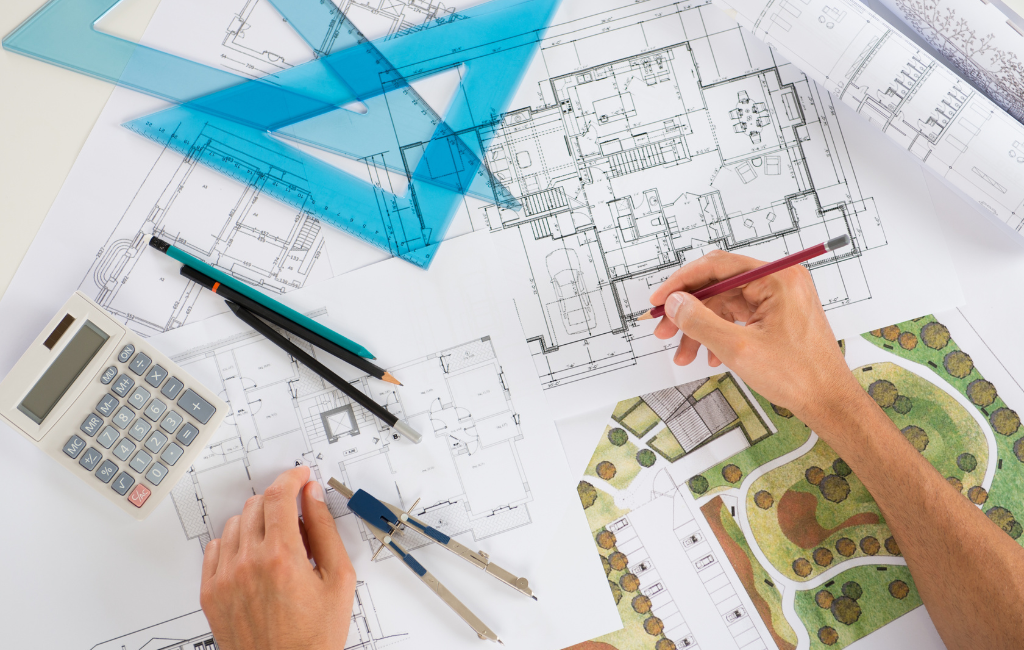Architect Ideas for Sustainable Design
In recent years, the focus on sustainable design has gained significant momentum. As the world grapples with environmental challenges, architects are at the forefront of creating solutions that minimize ecological impact. This article explores innovative ideas in sustainable design, offering insights into practices that are shaping the future of architecture.
Understanding Sustainable Design
Sustainable design refers to the philosophy of designing physical objects, the built environment, and services to comply with the principles of ecological sustainability. It aims to reduce negative impacts on the environment, and the health and comfort of building occupants, thereby improving building performance.
Principles of Sustainable Design
- Energy Efficiency: Reducing energy consumption through efficient design and technology.
- Water Conservation: Implementing systems that reduce water usage and promote recycling.
- Material Selection: Choosing sustainable, non-toxic, and locally sourced materials.
- Indoor Environmental Quality: Enhancing the health and comfort of indoor spaces.
- Site Optimization: Designing with consideration for the local ecosystem and climate.
Innovative Sustainable Design Ideas
Architects are employing a variety of strategies to create sustainable buildings. These ideas not only address environmental concerns but also enhance the aesthetic and functional aspects of structures.
Green Roofs and Walls
Green roofs and walls are becoming increasingly popular in urban areas. They provide insulation, reduce stormwater runoff, and improve air quality. A notable example is the Bosco Verticale in Milan, Italy, which features two residential towers covered in over 900 trees and 5,000 shrubs.
Passive Solar Design
Passive solar design takes advantage of a building’s site, climate, and materials to minimize energy use. By strategically placing windows, walls, and floors, architects can harness solar energy for heating and lighting. The Solaire in New York City is a pioneering example, utilizing solar panels and a high-performance building envelope.
Net-Zero Energy Buildings
Net-zero energy buildings produce as much energy as they consume. This is achieved through a combination of energy-efficient design and renewable energy sources. The Bullitt Center in Seattle is a leading example, featuring solar panels, rainwater harvesting, and composting toilets.
Case Studies in Sustainable Design
Examining successful projects provides valuable insights into the application of sustainable design principles.
The Edge, Amsterdam
The Edge is often cited as the world’s most sustainable office building. It uses smart technology to optimize energy use, achieving an energy efficiency rating of 98.4%. The building’s design includes solar panels, rainwater collection, and a natural ventilation system.
One Central Park, Sydney
One Central Park is a mixed-use development known for its vertical gardens and innovative use of natural light. The building features a heliostat that reflects sunlight into shaded areas, reducing the need for artificial lighting.
Statistics on Sustainable Design
Data highlights the growing impact of sustainable design in the construction industry.
- According to the World Green Building Council, green buildings can reduce energy use by 30-50% and water use by 30-70%.
- The global green building materials market is projected to reach $364.6 billion by 2022, reflecting increased demand for sustainable construction.
- LEED-certified buildings have been shown to achieve 34% lower CO2 emissions compared to conventional buildings.
Challenges and Opportunities
While sustainable design offers numerous benefits, it also presents challenges. High initial costs and a lack of awareness can hinder adoption. However, advancements in technology and growing environmental awareness are creating new opportunities for architects to innovate.
Overcoming Barriers
Education and advocacy are key to overcoming barriers to sustainable design. By demonstrating the long-term cost savings and environmental benefits, architects can encourage wider adoption of sustainable practices.
Future Trends
The future of sustainable design is promising, with trends such as biophilic design, smart buildings, and circular economy principles gaining traction. These approaches emphasize the integration of nature, technology, and resource efficiency in building design.
Conclusion
Sustainable design is transforming the architectural landscape, offering solutions that address environmental challenges while enhancing the quality of life. By embracing innovative ideas and learning from successful case studies, architects can lead the way in creating a more sustainable future. The journey towards sustainability is ongoing, but the potential for positive impact is immense.
